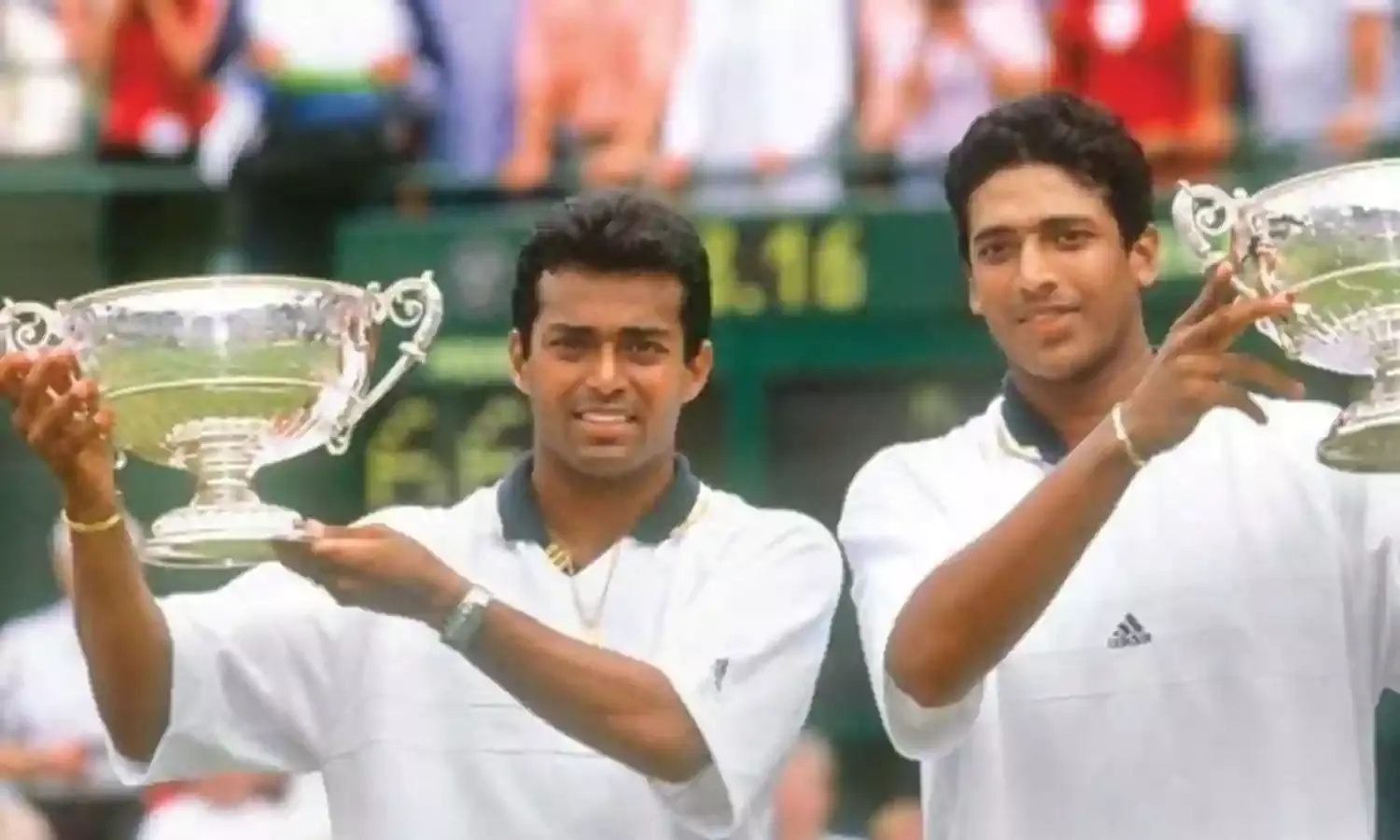When Indian Tennis Basked In The Sunshine
Start of the great era in Indian tennis can be traced to 1954

Following the unending struggle of leading Indian players around the international tennis circuit, and how the Indian team continues to languish in the Davis Cup Asia/Oceania group, I frequently go on a trip down memory lane when Indian tennis basked in the sunshine. For nearly half-a-century India were among the most prominent challengers in the Davis Cup while the players were good enough to make the quarterfinals and semifinals at Grand Slam events.
The start of the great era in Indian tennis can be traced to 1954 when Ramanathan Krishnan became the first Indian to win the junior Wimbledon title. Two years later Krishnan shocked the No 5 seed and former champion Jaroslov Drobny in the first round.
Krishnan went on to become one of the leading players in the world winning the Queen's club title in 1959 with a victory over world No 1 Alex Olmedo and defeating Rod Laver the same year in the Davis Cup interzone final against Australia.
India in fact had entered the Davis Cup interzone final three years before and thereafter regularly made it to this stage that was one step away from the Challenge Round which in those days constituted the final.
India made it to the Davis Cup interzone final in 1962, 1963, 1965 and in 1966 took one step further by entering the Challenge Round where they went down 1-4 to Australia.
Krishnan was the architect of all these cherished moments and he was good enough to make the semifinals at Wimbledon in 1960 and 1961. This was the time when he was offered a lucrative contract from Jack Kramer who wanted him to join his pro circuit. But that would have meant that Krishnan would have to forgo playing at Wimbledon and in the Davis Cup, two competitions very dear to Indian players and he turned down the offer.
In 1962 Krishnan was seeded fourth at Wimbledon just behind the three Australians, Laver, Neale Fraser and Roy Emerson but he sustained an ankle injury during his third round match and had to withdraw.
Krishnan was never a serious challenger at Wimbledon after that though he did pilot India into the Davis Cup interzone final one last time in 1968. But even as he was in the twilight of his career Premjit Lal and Jaideep Mukherjea who had supported him ably during the 60s emerged as the leading players.
Mukherjea made it to the last 16 at Wimbledon four times while Lal had one golden moment at Wimbledon in 1969. In the second round he led top seed Laver by two sets to love and 3-3 in the third before the great Australian turned the tables for a five-set victory.
In the early 70s even as Lal and Mukherjea were nearing the end of their careers the Amritraj brothers Anand and Vijay arrived on the scene. They carried the Indian challenge gamely through the 70s and 80s initially with support from Jasjit Singh and Sashi Menon and then Ramesh Krishnan who became a leading player in his own right in the 80s.
The brothers led India to the Davis Cup final in 1974 only to default to South Africa as India did not have any sporting ties with that country on account of their apartheid policy.
Vijay entered the quarterfinals at Wimbledon in 1973 and 1981 and the same round at the US Open in 1973 and 1974. Ramesh made it to the quarterfinals at Wimbledon in 1986 besides entering the same round at the US Open in 1981 and 1987.
India figured regularly in the prestigious Davis Cup World Group and in 1987 pulled off an upset victory over Australia Down Under to make it to the final where they went down to formidable Sweden. Vijay and Anand were still around but by now Ramesh was the leading player.
By the late 80s Vijay and Anand had called it a day but now a prodigiously gifted youngster in Leander Paes came on the scene. In 1990 he emulated the feat of the Krishnans who had both won the junior Wimbledon title and he and Ramesh formed a successful combo in the Davis Cup, the highlight being a shock victory over France at Frejus which put India in the Davis Cup semifinal in 1993. Ramesh however retired at the end of the year and for all practical purposes the long golden era in Indian tennis was as good as over.
Paes continued to shine particularly in the Davis Cup where he pulled off upset victories over players ranked above him. He and Mahesh Bhupathi formed one of the leading doubles combinations in the game good enough to win several Grand Slam titles.
But in the new millennium with Paes concentrating on his doubles career there was no dominant singles player which meant that India was in and out of the World Group. For a brief while Somdev Devvarman showed promise but he couldn't carry the team's fortunes on his shoulders.
Since 2010 when India were in the World Group for the last time following a great victory over Brazil at Chennai when the team turned a 0-2 deficit into a 3-2 triumph it has been strictly downhill for Indian tennis. What has been most disappointing is that over the last decade or so the leading players have indicated that they could be better but have faltered badly.
Yuki Bhambri for example reached an ATP ranking of 83 but is now ranked 635. Ramkumar Ramanathan once at 111 is now 299. Prajesh Gunneswaran 75 at his best is now 239. Sumit Nagal at one time 122 is now 359. Saketh Myneni whose best was 137 is now ranked 390.
With no outstanding young talent round the corner it can be said that there are no brighter times for Indian tennis in the near future.



